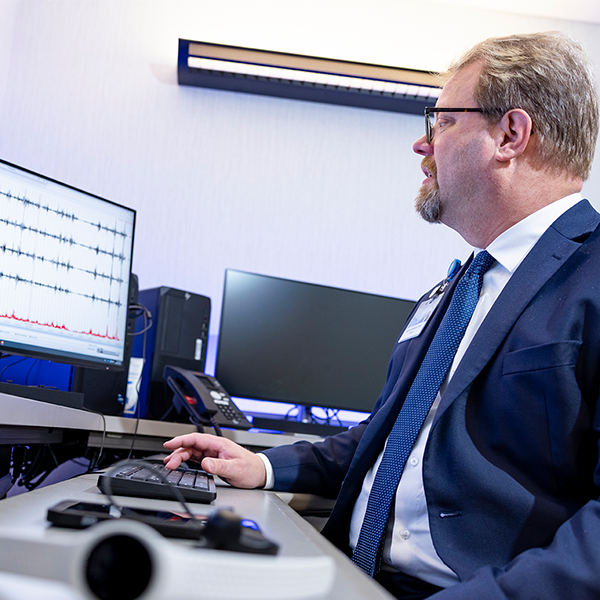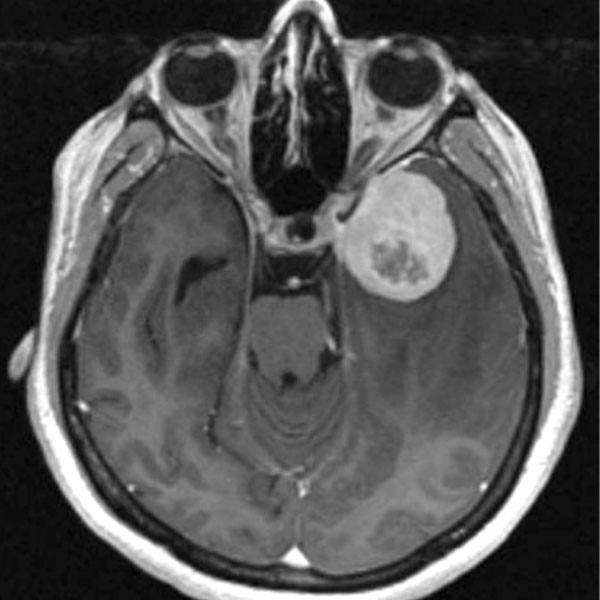-
Goldilocks Ebola Vaccine is Just Right in Animal Trials
A graduate student and a research group at Mayo Clinic have developed a new “Goldilocks” Ebola virus vaccine that could induce a “just right” immune response without the pain of an injection.
Featured in the Journal of Infectious Diseases earlier this year, Stephanie Anguiano-Zarate, a student in theMayo Clinic Graduate School of Biomedical Sciences, created the vaccine using a common cold virus (adenovirus) altered to carry a single Ebola virus protein. In animal models, the “Goldilocks” vaccine creates a large enough amount of the Ebola protein to generate a strong immune response but avoids causing disease.

“Stephanie’s Ebola virus vaccine is potent and requires as little as one dose up the nose or into the muscle. This contrasts with many vaccines that you might need to get two or three times to be effective,” said Michael Barry, Ph.D., who headed the project.
Mayo Clinic’s Ebola vaccine will now be compared to in animal models with the two vaccines used in humans to control the 2013 to 2016 Ebola outbreak.
Both of those vaccines in clinical trials used another virus (vesicular stomatitis) to show the immune system an Ebola virus protein.
- The first vaccine contained a virus that could replicate well in a person, which created a large amount of the Ebola virus protein for the immune system to learn how to control. However, the virus could replicate too much and caused disease in some patients.
- The second vaccine did not replicate or cause disease in humans, but it displayed too little of the Ebola virus protein, meaning the immune system was not as well activated.
Anguiano-Zarate’s vaccine is just right - it balances the amount of virus growth through the removal of a critical gene. This allows the virus to replicate for a limited period of time, called a cycle, and then stop. The single cycle of replication maintains the ability of the virus to activate the immune system, producing antibodies for six months, but avoids major side effects based on the team’s tests in animal models.
However, “a true test against live Ebola virus is necessary to determine real-world vaccine protection,” says Anguiano-Zarate.







